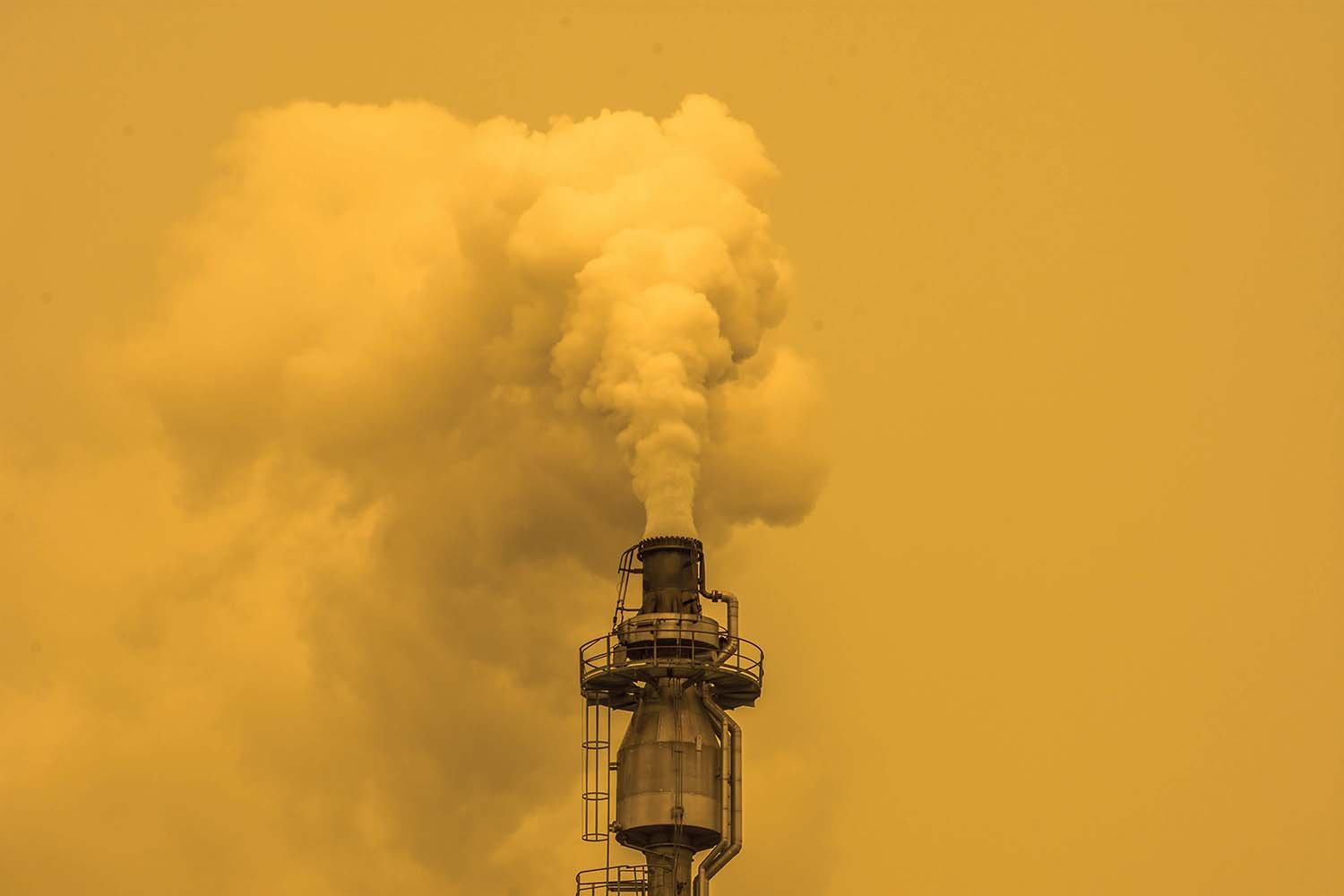Powering Discoveries
Faith Singer
Tackling Oil and Gas Emissions
Government, industry, technology join forces to mitigate climate change

Substantial efforts are underway both in the U.S. and around the world to mitigate climate change by reducing the release of heat-trapping greenhouse gases into the atmosphere.
This involves cutting greenhouse gases from main sources such as power plants, factories, cars, and farms. Forests, oceans, and soil also absorb and store these gases, and are an important part of the solution.
In the U.S., carbon dioxide and methane accounted for over 90% of all greenhouse gas emissions. However, when compared to carbon dioxide, methane has more than 80 times the global warming potential over a 20-year period. Thus, reducing methane emissions in the near term can have significant impacts in reducing global warming.

Key efforts include the Global Methane Pledge, a commitment by more than 150 countries to reduce methane emissions by 30% by 2030; and the U.S. enforcement of strong regulations included in the Inflation Reduction Act and Infrastructure Investment and Jobs Act.
“Every step of the oil and gas supply chain has the potential to emit methane,” said Arvind Ravikumar, an expert in the field and a faculty member in the UT Austin Cockrell School of Engineering.
The oil and gas supply chain has been identified as the primary way to cost-effectively reduce methane emissions. Methane emissions occur during production, refinement and processing, pipeline transportation, power plant use, and shipment of methane in liquified form to other countries.
In parallel, there has been a significant expansion in technologies that help detect and fix emissions. Advancements in satellites, aerial and drone-based systems, and continuous monitoring systems have made the challenge of finding methane emissions faster and more cost-effective.
With all of this new data, the need for interpreting measurements on methane emissions has taken on new urgency.
To address this issue, in 2023 UT Austin announced that it will be home to a new multidisciplinary research and education initiative based in the Cockrell School of Engineering. The Energy Emissions Modeling and Data Lab (EEMDL) will address the growing need for accurate, timely, and clear accounting of greenhouse gas emissions across global oil and natural gas supply chains.
Data and analyses from this endeavor will help both public and private institutions develop climate strategies and actions informed by accurate, transparent, and timely data and tools, identifying opportunities for emissions reductions.

“People are finding it hard to integrate and interpret the data,” said Ravikumar, who co-leads the new lab alongside David Allen, the Melvin H. Gertz Regents Chair in Chemical Engineering at the Cockrell School. “EEMDL is developing models and tools to interpret the data that’s coming in.”
As part of EEMDL, UT Austin and TACC are partnering with The Colorado School of Mines and Colorado State University to run an affiliate program to foster strategic partnerships with additional global universities and research organizations. Collectively, the three institutions have conducted methane emissions measurements at thousands of sites and published dozens of peer-reviewed studies.
“To make sense of the large data sets, we need access to computing resources, modeling capabilities, and data system management. TACC is known nationally as an expert in these areas,” Ravikumar said.
Currently, EEMDL researchers are using the computational resources of TACC’s Lonestar6 and Corral system for data storage and data system management.
A real-world use of how EEMDL is relying on TACC is through continuous monitoring systems, which are smoke alarm-like sensors installed at oil and gas assets around the world to detect methane. Closer to home for Texans, consider the Permian Basin in Odessa, Texas — there are over 150,000 oil and gas sites in this area. Each site has up to four sensors that detect gas emissions — a total of up to 600,000 sensors that detect methane every few seconds.
“We are quickly running into very large data sets,” Ravikumar said. “This is exactly why we need TACC to manage terabytes of data daily and to use supercomputing resources to analyze and interpret data to provide useful information that can assist operations in reducing emissions in a timely manner. We are happy to have them as a partner.”

